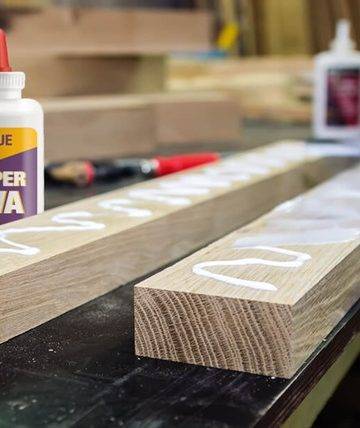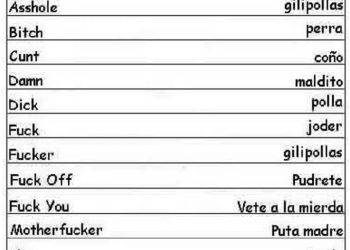Diamonds come in an assortment of shapes and cuts. Their styles depend on factors like symmetry, proportions and polish.
Graders trained to assess diamond cuts award higher grades to stones whose proportions and symmetry most closely meet an “ideal” used as a benchmark. If you want to dress for success choose diamonds.
Round Brilliant
The Round Brilliant diamond cut is one of the most widely sought-after cuts. Renowned for its superior brilliance and fire, this type of cut stands out as one of the top choices available.
Its crown, or upper portion of the diamond features 58 facets: 1 table facet, 8 bezel facets and 8 star facets as well as 16 upper girdle facets; while its pavilion, or lower part, offers 16 lower girdle facets and 8 pavilion main facets.
Marcel Tolkowsky, an esteemed diamond cutter, first developed the Round Brilliant cut diamond in 1919. His thesis “Diamond Design: A Study of Reflection and Refraction in Diamonds,” laid out an algorithmic formula to optimize light return by cutting diamonds accordingly. For more information you can check out the overview of different types of diamond cuts.
Emerald
Emerald cut diamonds are an eye-catching, classic style of diamond cutting, featuring an inimitable step-like facet design for an entirely distinct visual experience than their counterparts – like round brilliant and other brilliant styles.
Due to this complexity, ASET signatures for emerald cuts may be more challenging than with other fancy shapes featuring brilliant-style facet arrangements; but learning these images will prove invaluable in finding high quality diamonds.
Pear
The pear diamond cut features a softly-rounded outline with rounded bottom that narrows toward a point at its apex, narrowing toward a point at the top. This shape can showcase more color than other fancy-shaped diamonds such as an emerald, marquise or heart diamond.
Ideal length to width ratio for pear-shaped diamonds should range between 1.55-1.70; this decision is ultimately up to you! This proportion should ensure that its rounded sides are full, symmetrical and with no flattened areas or bulges that cause it to be out of symmetry.
Marquise
The marquise diamond cut was first developed at the request of King Louis XV in the mid 1700s. He wanted a diamond shape that emulated the lips of Marquise of Pompadour – his chief mistress at that time.
Though not a typical wedding ring cut, this nontraditional option can still make an elegant statement about a couple’s personal preferences and style. Commonly known as a navette (French for “little boat”) or lemon cut ring cut can represent citrus-inspired imagery such as picnics with fresh lemonade.
Princess
The Princess diamond cut is one of the most widely sought after styles. Comprised of 58 facets, this cut gives each stone its own distinct fire.
Opalescent diamonds also effectively conceal inclusions, giving you access to eye-clean diamonds at an economical price.
Similar to round brilliants, cushion cut diamonds require careful consideration when it comes to depth percentage and table percentage. It should lie between 65%-75% for larger diamonds and 68%-73% for smaller ones.
Baguette
The baguette diamond cut is characterized by long, thin rectangular dimensions with 14 facets; less than the 50+ that other cuts feature.
This cut is often utilized as an accent stone in engagement rings; however, it also works beautifully as an alternative to conventional diamond cuts for those seeking personalization in their rings.
Trillion
Trillion cut diamonds are an increasingly popular choice in jewelry design due to their distinctive triangular form and three equal sides joined by a flat table on top – making them an intriguing choice as accent or side stones in rings and other items of jewellery.
Cut quality of a trillion cut diamond is paramount to its beauty and sparkle. Ideally, its shape should have symmetrical sides with sufficient depth so as to exude fire and brilliance.
Mixed Cut
Cut is one of the primary factors defining a diamond’s beauty. It determines how much light is reflected off its surface into your eyes, leading to brilliance.
The Mixed Cut is a hybrid between brilliant and step cuts, creating a three dimensional diamond shape.
For those searching for a versatile diamond cut that can fit into numerous settings, the oval cut is an excellent option! Featuring half moon facets at its girdle and fan shaped facets below them.














